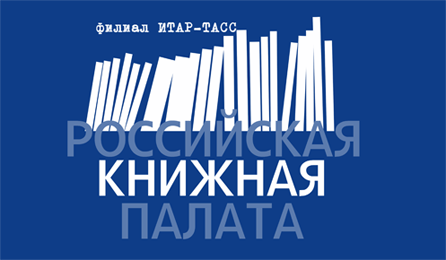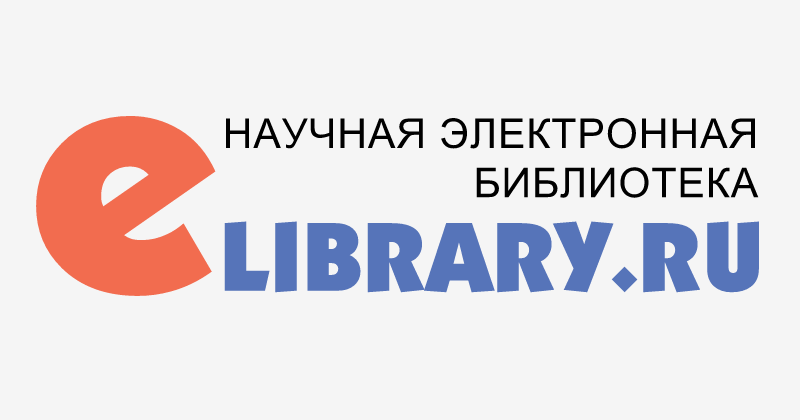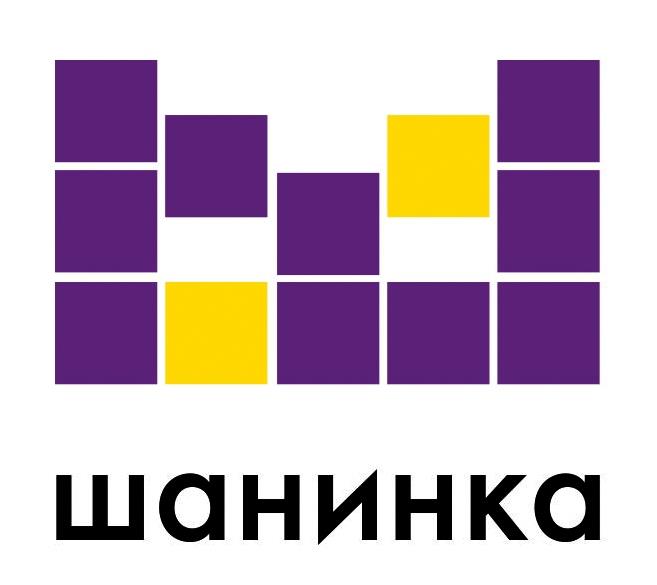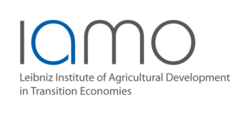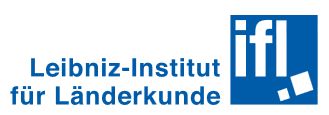Chayanov A.V. A short review of the centers of economic thought in the field of agriculture in Europe and other countries (based on the book exchange and scientific correspondence of the Institute of Agricultural Economics) (Article of A.V. Chayanov) // The Russian Peasant Studies. 2023. V.8. №4. P. 10-22.
DOI: 10.22394/2500-1809-2023-8-4-10-22
Annotation
In 2024, it will be 125 years since the establishment of the Higher Seminary of Agricultural Economics and Policy at the Petrovsky Agricultural Academy, which was later transformed into the famous Research Institute of Agricultural Economics (RIAE) headed in the 1920s by A. V. Chayanov. His article “A short review of the centers of economic thought in the field of agriculture in Europe and other countries”, published in the Bulletin of the Research Institute of Agricultural Economics in 1927, is presented for the English-speaking reader for the first time. Chayanov provides a brief description of the most important centers of the agrarian economic thought, including those with whom the Institute managed to establish correspondence and book exchange, and concludes the review with a conditional classification of trends in the science of organizing agricultural production in the 1920s. Certainly, this long list of scientific institutions and research partners was to prove the high importance and usefulness of the Institute for strengthening the prestige of the Soviet science and Soviet Russia in the international arena. However, fate decreed otherwise: in 1928, Chayanov was removed from the leadership position; in 1929, the Institute was reorganized and merged with the Institute of Large-Scale Economy into the Institute for Organizing Large-Scale Economy and Agricultural Economics; in 1930, after the final removal of Chayanov from the scientific staff, this new Institute was transformed into the Collective Farm Institute. Thus, all international contacts were cut off; Chayanov’s Institute, which united researchers with different approaches and views on the object and tasks of agricultural economics as a scientific discipline, was destroyed, and Chayanov’s materials on international relations, ironically, formed the basis for the future work scenario of the punitive authorities (as follows from Chayanov’s interrogations by the Chief of the Secret Department of the Joint State Political Directorate (OGPU) Ya.S. Agranov).
The English translation of the concept “agricultural economy” used by Chayanov for the field of scientific knowledge is still debatable. According to specialists in the history of economic thought and in Chayanov’s works, there are two options: agricultural economics and agricultural economy. It was suggested that the term “agricultural economy” would more accurately reflect the diversity of approaches in the Soviet agrarian-economic thought of the 1920s: general economic theory (applied to agriculture) in its interpretation by the world science of the 1920s; technical and technological (agronomic) approaches to organizing the economy; theory and practice of agricultural policy with an emphasis on its social aspect; accounting and taxation. We should not understand “economy” as anything else than a historical, outdated by the end of the 19th century synonym for economic science, which in the late 19th — early 20th centuries was abandoned in favor of “economics” all around the world, including in Russia (B.D. Brutskus, N.N. Kazhanov, A. I. Skvortsov, A. F. Fortunatov, etc.). Thus, in 1925, the title of the famous work by G. A. Studensky was translated by the publisher in English as Outlines of Agricultural Economics. In other words, “economics” is just the name of economic science and cannot be reduced to A. Marshall’s ideas; therefore, the term “economy” interferes with the correct understanding of Chayanov’s text by the English-speaking reader, providing wrong connotations with real economic phenomena — industry and economy.
The text is provided with notes that clarify and supplement facts mentioned by Chayanov. Editor’s notes are marked as Ed.
Keywords
A. V. Chayanov, Research Institute of Agricultural Economics (RIAE), centers of the agrarian economic thought, Soviet science, international contacts.
About the authors
Chayanov Alexander V.
Afanasenkov Vladislav O. (publisher), Senior Researcher, Moscow School of Social and Economic Sciences; Junior Researcher, Research Centre for Economic and Social History, Russian Presidential Academy of National Economy and Public Administration. Vernadskogo Prosp., 82, Moscow, 119571, Russia.
E-mail: This email address is being protected from spambots. You need JavaScript enabled to view it.
Mikhalenko N.V. Dacha on Nikolina Gora: The case of A.V. Chayanov // The Russian Peasant Studies. 2023. V.8. №3. P. 78-86.
DOI: 10.22394/2500-1809-2023-8-3-78-86
Annotation
The article considers the features of the dacha-consumer cooperative “Workers of Science and Art” (RANIS) on Nikolina Gora. It was created as a village-commune and united the creative intelligentsia of the 1920s and 1930s, often connected by friendly or official relations. RANIS was based on the principles of collectivism: public vegetable gardens and transport, allocation of premises for breeding small livestock, cooperative canteen and collective children’s educational and leisure activities. Performances by artists, musicians, writers and scientists were to unite residents of the village and to develop common cultural ideas. Such events continued the traditions of literature and art of Zvenigorod places visited by A. S. Pushkin, A. I. Herzen, A. P. Chekhov, A. M. Gorky, I. I. Levitan, K. S. Stanislavsky, etc. The article focuses on the activities of A. V. Chayanov as one of three creators and inspirers of the dacha-consumer cooperative, who invited O.Yu. Schmidt, A. I. Kravchenko, B. A. Kril and others to Nikolina Gora. In 1928–1929, Chayanov’s excavations at the Uspensky settlement had both scientific (a new method of excavations) and educational meaning (in addition to practical skills, local adolescents learned the history of the land their dachas were built on). The dacha-consumer cooperative on Nikolina Gora presents a transformation of the estate tradition in the 20th century realities, that is, a collective life in nature harmoniously combined with intellectual and creative activity.
Keywords
Dacha topos, Nikolina Gora, RANIS dacha-consumer cooperative, A. V. Chayanov, A. S. Yakovlev (Trifonov), E. B. Kril, excavations of the Uspensky settlement, village-commune.
About the author
Mikhalenko Natalia V., PhD (Philology), Senior Researcher, А. M. Gorky Institute of World Literature of the Russian Academy of Sciences. Povarskaya St., 25a, Moscow, 121069, Russia.
E-mail: This email address is being protected from spambots. You need JavaScript enabled to view it.
Chayanov A.V. Reports “Popular readings’ method”; “Characteristics and general requirements for visualization” (Reports of A.V. Chayanov) // The Russian Peasant Studies. 2023. V.8. №1. P. 11-22.
DOI: 10.22394/2500-1809-2023-8-1-11-22
Annotation
The author presents two A. V. Chayanov’s reports on the methodology for disseminating agronomic knowledge among the peasantry — “Popular readings’ method” and “Characteristics and general requirements for visualization”. Chayanov’s presentations were made at the meetings of the Circle of Social Agronomy of the Moscow Agricultural Institute in 1914–1915 and became the basis of the chapter in his book Main Ideas and Methods of Social Agronomy.
Keywords
A. V. Chayanov, Moscow Agricultural Institute, social agronomy, visual aids, poster.
About the authors
Chayanov Alexander V.
Savinova Tatyana A., PhD (Economics), Head of the Department, Russian State Archive of Economy (RGAE). Bolshaya Pirogovskaya St., 17, Moscow, 119435.
E-mail: This email address is being protected from spambots. You need JavaScript enabled to view it.
Savinova T.A. “Everything conceivable can be an issue of science” // The Russian Peasant Studies. 2023. V.8. №1. P. 6-10.
DOI: 10.22394/2500-1809-2023-8-1-6-10
Annotation
The author presents two A. V. Chayanov’s reports on the methodology for disseminating agronomic knowledge among the peasantry — “Popular readings’ method” and “Characteristics and general requirements for visualization”. Chayanov’s presentations were made at the meetings of the Circle of Social Agronomy of the Moscow Agricultural Institute in 1914–1915 and became the basis of the chapter in his book Main Ideas and Methods of Social Agronomy.
Keywords
A. V. Chayanov, Moscow Agricultural Institute, social agronomy, visual aids, poster.
About the author
Savinova Tatyana A., PhD (Economics), Head of the Department, Russian State Archive of Economy (RGAE). Bolshaya Pirogovskaya St., 17, Moscow, 119435.
E-mail: This email address is being protected from spambots. You need JavaScript enabled to view it.
Savinova T. A. 1918 in the life of A. V. Chayanov: Cooperation, writing and anarchism // The Russian Peasant Studies. 2022. V.7. №2. P. 38-46.
DOI: 10.22394/2500-1809-2022-7-2-38-46
Annotation
The article considers the life and work of the great Russian and Soviet economist A. V. Chayanov in the watershed year of 1918. The article introduces into the scientific circulation a number of documents from the funds of the Russian State Archive of Economics and of the Department of Manuscripts of the Russian State Library. The author describes the work of Chayanov in the bodies of cooperation — cooperative publishing house, Council of the Central Association of Flax Growers, and Committee for the Protection of Art Treasures which was established at his suggestion by the decision of the cooperative congress. The author emphasizes the role of cooperation in the survival of the scientific and creative intelligentsia under the hunger, devastation and chaos after the outbreak of the Civil War. Among the few surviving documents of the Council of All-Russian Cooperative Congresses, the most interesting are the meetings of the publishing commission, which prove that in 1918, Chayanov was one of the most published authors. The Council of the Central Association of Flax Growers helped Chayanov to survive, although its position as a key member of the All-Russian Cooperative Congresses was greatly shaken. The article describes the work of Chayanov in the Committee for the Protection of Art Treasures. The author considers the creation, criticism and role in Chayanov’s biography of his two fiction works — History of Miusskaya Square (to the history of the University named after A. L. Shanyavsky) and History of a Barber’s Doll, or the Last Love of the Moscow Architect M. — and the ideology of Chayanov at the end of 1918, which helps to understand his psychological condition and the evolution of his worldview when searching for his place in the life of new Russia.
Keywords
A. V. Chayanov, cooperation, publishing committee, writing, anarchism.
About the author
Savinova Tatyana A., PhD (Economics), Head of the Department of the Russian State Archive of Economics, Researcher, Chayanov Research Center, Moscow School of Social and Economic Sciences. 119435, Moscow, Bolshaya Pirogovskaya St., 17.
E-mail: This email address is being protected from spambots. You need JavaScript enabled to view it.


